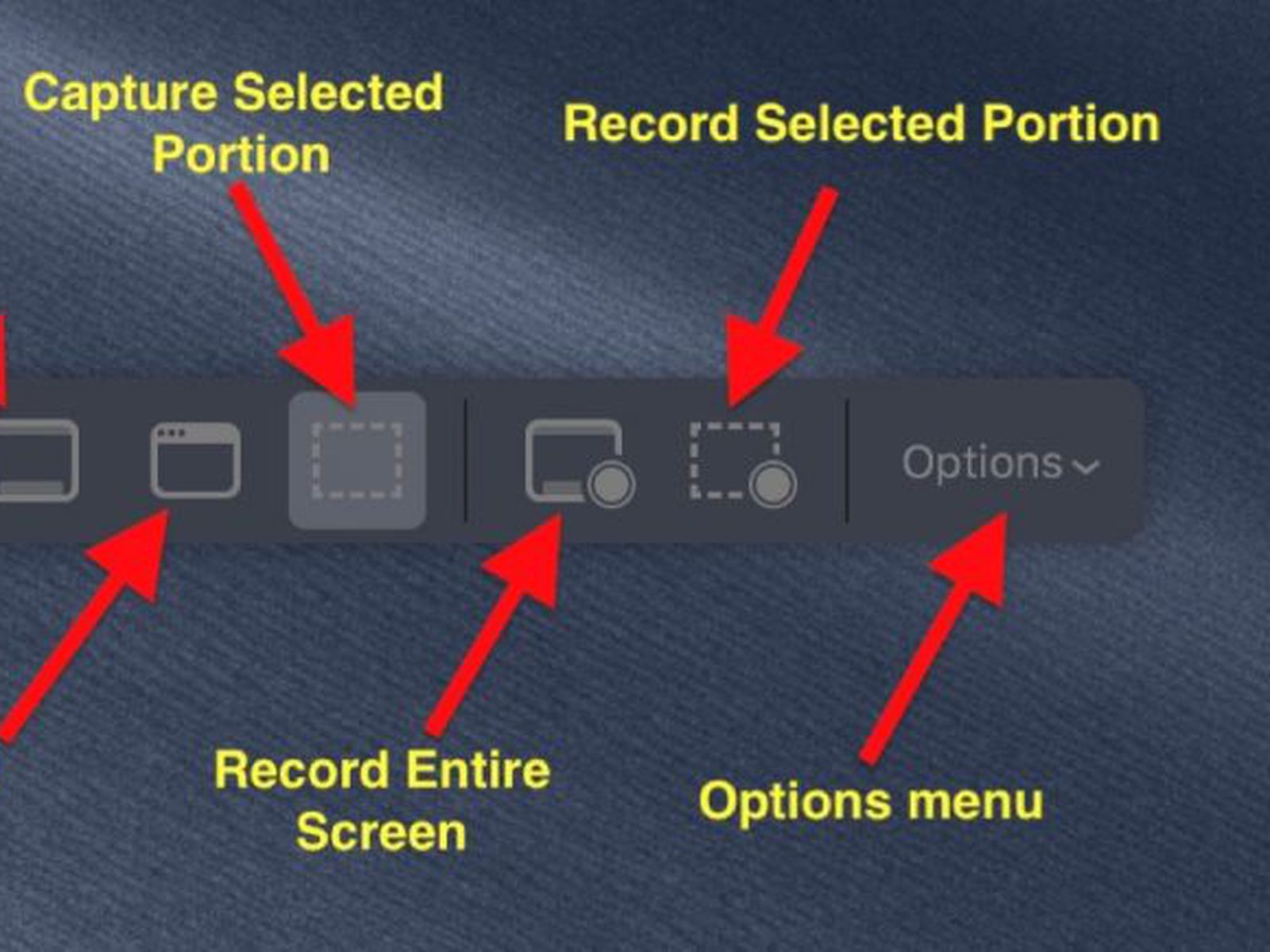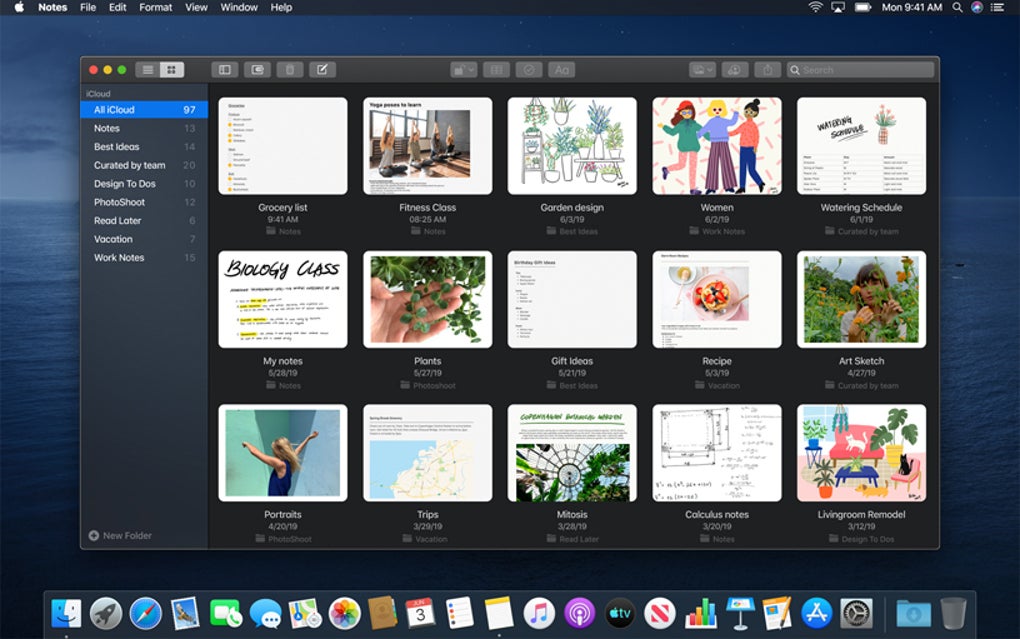macOS Catalina breaks OBS, because of the new privacy and app signing requirements. This quick guide fixes most of the issues, along with updating from an older version to the latest version of OBS.
1. Go to your Applications folder and copy/paste the OBS app on your desktop / other location. This is for safe keeping, in case things break, you'll have a backup of your scenes and other properties.
2. Head over to obsproject.com and download the latest installer and update OBS. I just updated mine and my scenes / settings are still there, so can confirm it doesn't break anything. But, backup using step 1 JUST IN CASE.
3. Open Terminal by going to Launchpad and searching for Terminal.
4. From Terminal, open an app like Discord which requires your microphone and camera permissions to work. Can be any other application like Skype to force it to ask for privacy permissions. To Open an app from terminal, type 'open' <space> then open the Applications folder, right click on an app like discord, click on 'show package contents', go to 'Contents', then 'MacOS' and drag the 'discord' [or whatever app you opened] into the terminal and press enter. If you opened Discord, your terminal should have the following:
5. Now do something that requires the access of camera and microphone. In Discord's case, I just video called a friend and allowed 'Terminal' to take access of Camera and Mic.
6. Now, close terminal, and using the same method, open OBS, but this time, use the following code:
7. Now, give Terminal and SH access to record screen.
Why this works:
- Using terminal to open an app forces terminal to ask for access and clear permissions. If you open OBS after opening a properly functioning app, it will allow OBS to run properly.
Known Bugs:
- Using this method might force OBS to quit about ~5 minutes later the first time. Reopening OBS and streaming works just fine. I streamed for about 4.5 hours with no crash.
Alternate Mic Fix:
My MacBook Pro took my microphone in the first go and worked well, but my iMac just wouldn't pick up any sound from the microphone, so here's a workaround, just incase anyone needs it.
1. Download a virtual audio router for macOS.my personal favorite is Loopback from Rogue Amoeba [Paid] or you can use an open source audio router like Soundflower from Flux Forge/
2. Add microphone as a source in your audio router.
3. Change the source for your mic to your audio router source.
Incase y'all need help, just reply. I will try to help as much as I can. Also, please add in screenshots along with a copy / paste of your error.
Happy Streaming / Recording!
Recording screen, capturing screenshots, certainly is the best way to explain anything to anyone & presumably this is all we need. But there are times when we need to record screen on Mac with the audio or record a video with sound so that a person sitting miles away can understand intricate things or what we need to say.
You can execute Shift-command-3 to capture the whole screen, and it works in all macOS versions. The second button is to capture a screenshot of a selected window in macOS 10.15. Click on this option from the control toolbox and place the camera on the desired window. While Apple killed Dashboard with macOS Catalina, it also introduced a kind of replacement for it by launching the Today View area (access by swiping left to right from the right edge of Mac trackpad). The Today View is the same as its iOS counterpart, which means you can place widgets there.
Suggested Read: How To Screen Record FaceTime With Sound On iPhone
Luckily, there’s a QuickTime Player X app for all versions of macOS till Mojave to record screens on Mac. Using it, you can record both screen and video on Mac with sound.
To record screen on Mac using QuickTime Player X, head to Applications, click File > New Screen Recording.
It’s just like ABC, but there’s is a drawback, QuickTimePlayer X only records external audio, i.e. anything that comes in via mic is recorded. This means if you want to record screen on Mac with audio, you cannot. Mac’s in-built option doesn’t let you record video or screen with internal audio.

This is a deal-breaker, but there’s nothing to worry about. Using third-party tools like Soundflower, Capto we can record screen on Mac with the sound and can achieve what we want. To learn more about Capto read the complete review about this best screen and video audio recorder app.
Bose companion 5 driver mac os x64. Note: If you are using Mojave or Catalina instead of QuickTimePlayer X, you will need to use a separate app called Screenshot. Using it, you can screen record on Mac.
Now, let’s begin.
First, we will explain how to use the Screenshot app then will cover third-party tools to record video and screen on Mac with audio.
To capture the entire Mac screen:
- Press Shift + Command + 3.
- This will capture the screen and save it on your Mac’s desktop.
To take a screenshot of the selected screen on your Mac:
- Press Shift + Command + 4.
To record video on your Mac using QuickTime Player X:
Screen Capture Macos Catalina
- Launch QuickTime > File > New Screen recording.
- Hit record.
- You can now record the complete Mac screen or can drag your mouse cursor to record a specific part.
How to Use Screenshot App to Record Screen on macOS Catalina or Mojave
- Launch Screenshot app by pressing Command + Shift + 5
- This will show a control bar at the bottom of the screen. You can use it to record videos on Mac or take a screenshot.
To record the complete Mac screen, click on the solid square box with a circle in the corner > Record.
To record the selected section, click the dotted square box with a circle in the corner. This will highlight part of your screen that will be recorded. You can move or resize this window. When ready click Record inside the selected region.
- To switch on Microphone, to set a timer and to use different options provided click Options.
- To stop recording press the stop button or you can press Command + Control + Esc.
Using these simple steps, you can capture a screen or record a video on Mac. If you are using macOS older than Mojave use QuickTimePlayer X. However, if you are using macOS 10.15, Catalina or Mojave use the Screenshot app.
Now, let’s learn how to record videos on Mac with sound.
How to Record Screen and Video on Mac with Sound
Here, we explain how to record videos on Mac with audio and capture still images.
Capto easiest way to record video with audio and screen on macOS
To record video on Mac with audio and to take screenshots we will use Capto. Offered by Global Delight Technologies and added to SetApp, Capto is an easy-to-use screen capturing app.
It offers various capturing features, using it, you can add text to the screengrab, highlight important parts and can even FaceTime camera recording. Moreover, you can edit the video and audio recording.
Steps to record audio and take screenshots Capto – screen recording app
- Install Capto
- Once installed, run Capto.
- The app offers three different tabs: Organizer, Image, and Video. By default, the Organizer tab – a storehouse for all videos and images is displayed.
- To screen record Mac with the audio click Record button. This will give you three options:
- Record entire screen
- A section
- FaceTime HD camera
Select the option based on the operation you wish to perform.
- Before proceeding with recording video on Mac, we need to set up a few extra configurations like- Source of audio
– Hide desktop
– Add yourself to the video via the built-in camera
This will help record screen on Mac with sound.

- When everything is set, click on the red button to start recording.
- Once the recording is done press Command + Shift + Esc to exit the recording phase.
- If you want you can edit recorded video and then can upload it as an attachment or publish online
Note: You can connect the iPad or iPhone with your Mac to use Capto and record screen. Using it, you can make a tutorial video or can review a game.
That’s it using these simple steps you can record screen and video on Mac with sound. Furthermore, if you want, you can edit audio, trim video, highlight relevant sections, add annotations, and do a lot more using the options provided by Capto.
How to take a screenshot using Capto
Capto offers five different modes to take a screenshot on Mac. Using any of them, you can grab an idle screen on your Mac.
Screen: Captures the entire screen
Area: Helps capture the selected area of the screen. You can make circular, rectangular, or Freehand selection
Window: Capture specific application window
Menu: Screengrab a drop-down menu
Web: Take a screenshot of a webpage
This is all, using these simple steps and this must-have app you can take a screenshot on Mac and can record screen on Mac. In addition to this, if you want to record calls on your Mac, then we have got that covered too.
How To Record Skype Meetings?

Sadly, Skype does not offer an in-built way to record audio and capture screen when on a call. This sometimes becomes a problem. Therefore, if you are looking for a way to take a screenshot of Skype meetings or record Skype meeting here, we are:
To grab a screen during a call, Mac’s common shortcut can be used:
Entire Screen: Command + Shift + 3
Selected Area: Command + Shift + 4 to capture a selected area
Selected Window: Command + Shift + 4 + press Space

To record, Skype calls with audio and video; you can use Capto. Just make sure you have granted permission to the person to record calls.
Screen Capture Mac Os Catalina Patcher
In addition to this, using Capto, you can screen record FaceTime with audio, WhatsApp calls, and do a lot more. We hope you find the guide informative and useful and will use it to record the screen and video on Mac with audio. Do share your thoughts with us in the comments section below.
Mac Os Catalina Support
Responses
